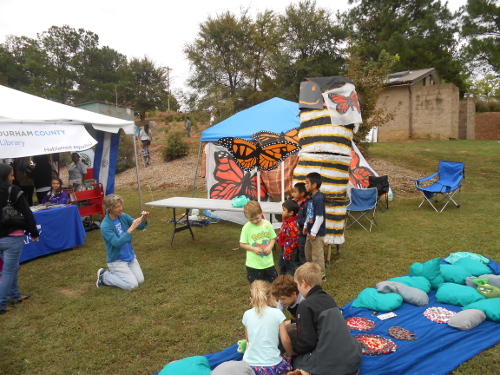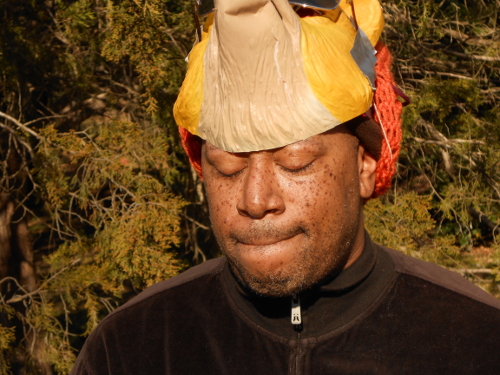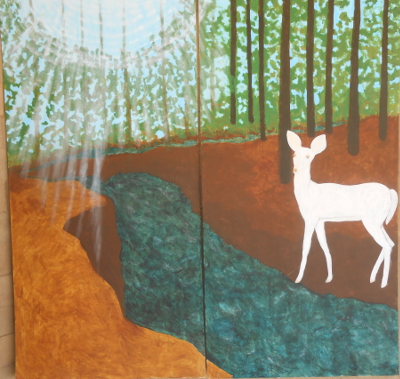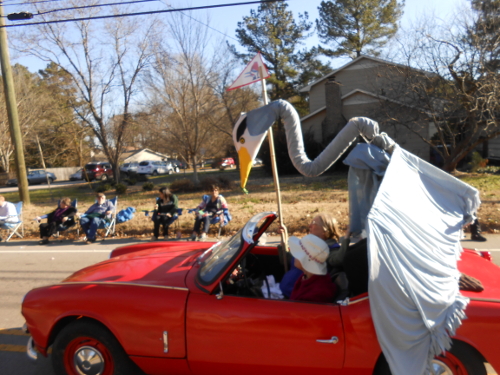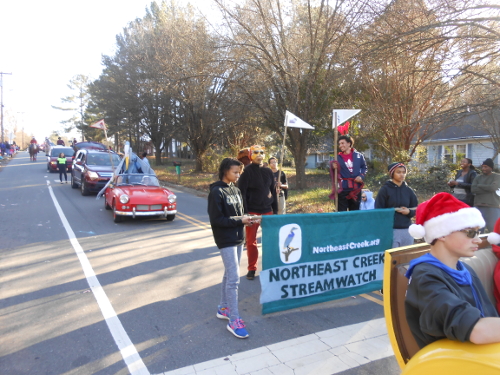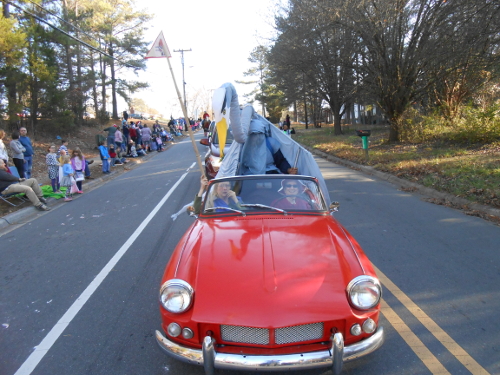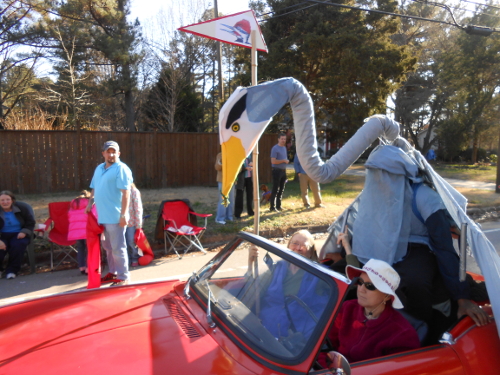Save the date:
Clean Water for the Triangle – How to Take Action, Monday, March 19, 2018, 6:00 PM 8:00 PM, Lowes Grove Middle School (map.) A talk with the Haw Riverkeeper and local advocates about threats to local watersheds and ways to defend safe drinking water for all. Register
Here are the tips to get spring off to the best of the Northeast Creek watersheed.
- Watch the arrival and departure of spring ephemerals. 11 Spring Ephemerals Native to Lake Lure and Hickory Nut Gorge Lake Lure is in the mountains of Rutherford County, NC, between Rutherfordton and Asheville. How many of these same spring ephemeral flowers show up in the wetlands and uplands of the Northeast Creek basin some 220 miles along I-40? Check out the James Pullman Photos and the David Carter Photos on this site to get some clues to where they typically appear.
- Watch and listen as the spring migrating birds replace the winter migrants. The Cornell Lab of Ornithology
- Identify trees and shrubs by the ready condition of their axial buds. Winter twig keys to common, native, fully deciduous trees and phanerophyte shrubs of the North Carolina eastern piedmont Part of the NCSU Herbarium
- Listen for frog sounds in the morning and evening as the day warms and cools. Toads and frogs observed the the Northeast Creek basin include:Bufo americanus (American Toad); Hyla chrysoscelis (Cope’s Gray Treefrog); Pseudacris triseriata (Western Chorus Frog); Pseudacris crucifer (Spring Peeper); Gastrophryne carolinensis (Eastern Narrow-Mouthed Frog)
- Notice which insects awaken and are early to appear. NCSU Extension: Entomology
- Get your own yard ready for spring. Spring garden clean up done RIGHT
- Identify the erosion and drainage issues to address in your yard this year. Durham Soil and Water District: Community Conservation Assistance Program A key partner in Northeast Creek Streamwatch’s Upsteam Neighbors/Downstream Neighbors watershed improvement program using individual porperty-owner initiatives.
- Look for ways to save first inch of rainfall on your property during each rainstorm. Another piece of the Upstream Neighbors/Downstream Neighbors program for which Durham Soil and Water District can provide free consultation to homeowners. Durham Soil and Water District: Community Conservation Assistance Program
- Gather your neighbors to walk and clean your roadway of litter.
- Inspect the intermittent streams paths and creeks for litter to clean up during Creek Week, for excessive erosion, and for invasive plants. Invasive Plants found in the Piedmont of North Carolina
- Help Northeast Creek Streamwatch celebrate Creek Week 2018 Durham Creek Week, March 17-24— Events
- Come and talk to us at the Northeast Creek Streamwatch tent at the South Durham (SoDu) Farmers Market Saturdays 9am-12noon at Greenwood Commons (NC 55 and Sedwick)
- Attend Clean Water for the Triangle – How to Take Action, Monday, March 19, 2018, 6:00 PM 8:00 PM, Lowes Grove Middle School (map.) A talk with the Haw Riverkeeper and local advocates about threats to local watersheds and ways to defend safe drinking water for all. Register
For more information contact colleen@northeastcreek.org.

